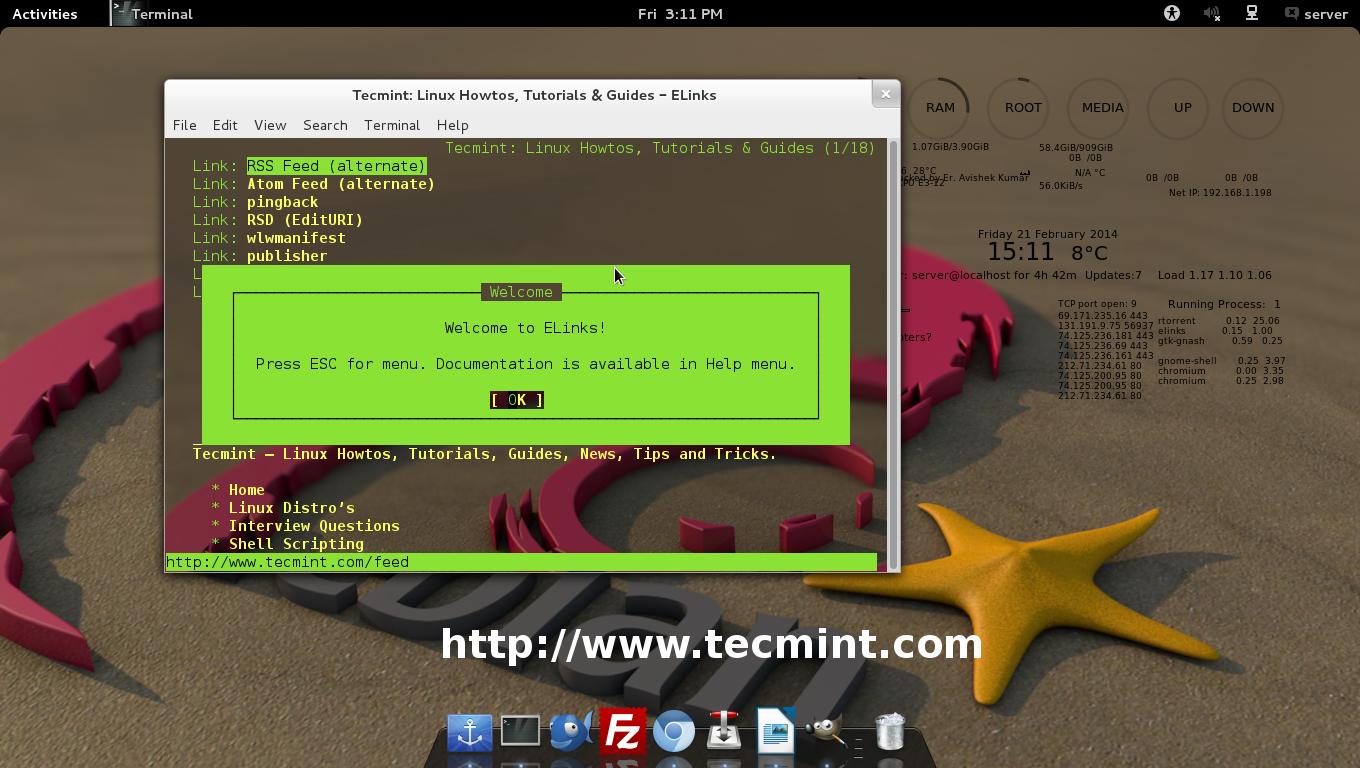

How to create symbolic links from the command line

It always points to the target, unless the target is later moved or deleted, resulting in the link becoming orphaned. This link can be renamed or moved to another location. After completed, a new symbolic link called link to myfile.txt is created. In the example shown above, using the Thunar file manager, we have highlighted the file myfile.txt, then selected Make Link in the Edit menu. This option is usually found under the Edit menu, or in the context menu that appears when you right-click the highlighted file. Locate a target file in your file manager GUI, highlight it by clicking it once, and select the "create a link" option. Some Linux distributions use different file managers, but the process is similar.
ELINKS LINUX WINDOWS
One way to create a symbolic link in the X Windows GUI is with your file manager. How to create symbolic links using a file manager When this happens, the symbolic link is called "broken" or "orphaned," and will no longer function as a link. Also, if the target of a symbolic link is deleted, moved, or renamed, the symbolic link is not updated. It is similar to a shortcut in Microsoft Windows: if you delete a symbolic link, the target is unaffected. The symbolic link is a file in its own right, but it does not contain a copy of the target file's data. Multiple symbolic links can even be created to the same target file, allowing the target to be accessed by multiple names. It can have a unique name, and be located in any directory. Once created, a symbolic link can be used in place of the target file name. A symbolic link is a special file that points to another file or directory, which is called the target. Most users do not want to create or modify hard links themselves, but symbolic links are a useful tool for any Linux user. Hard links are low-level links which the system uses to create elements of the file system itself, such as files and directories. There are two main types of links that can be created: "hard" links, and "soft" or symbolic links. In your Linux file system, a link is a connection between a file name and the actual data on the disk.


 0 kommentar(er)
0 kommentar(er)
